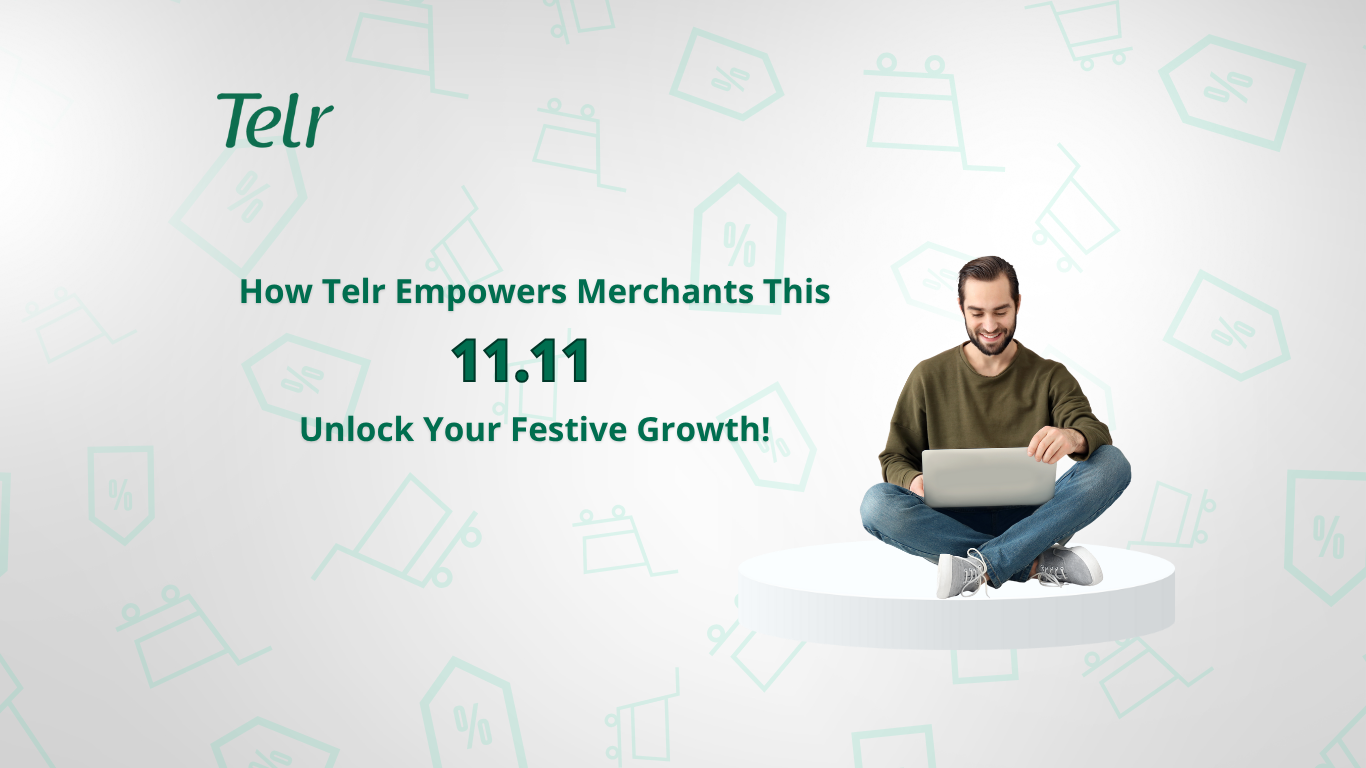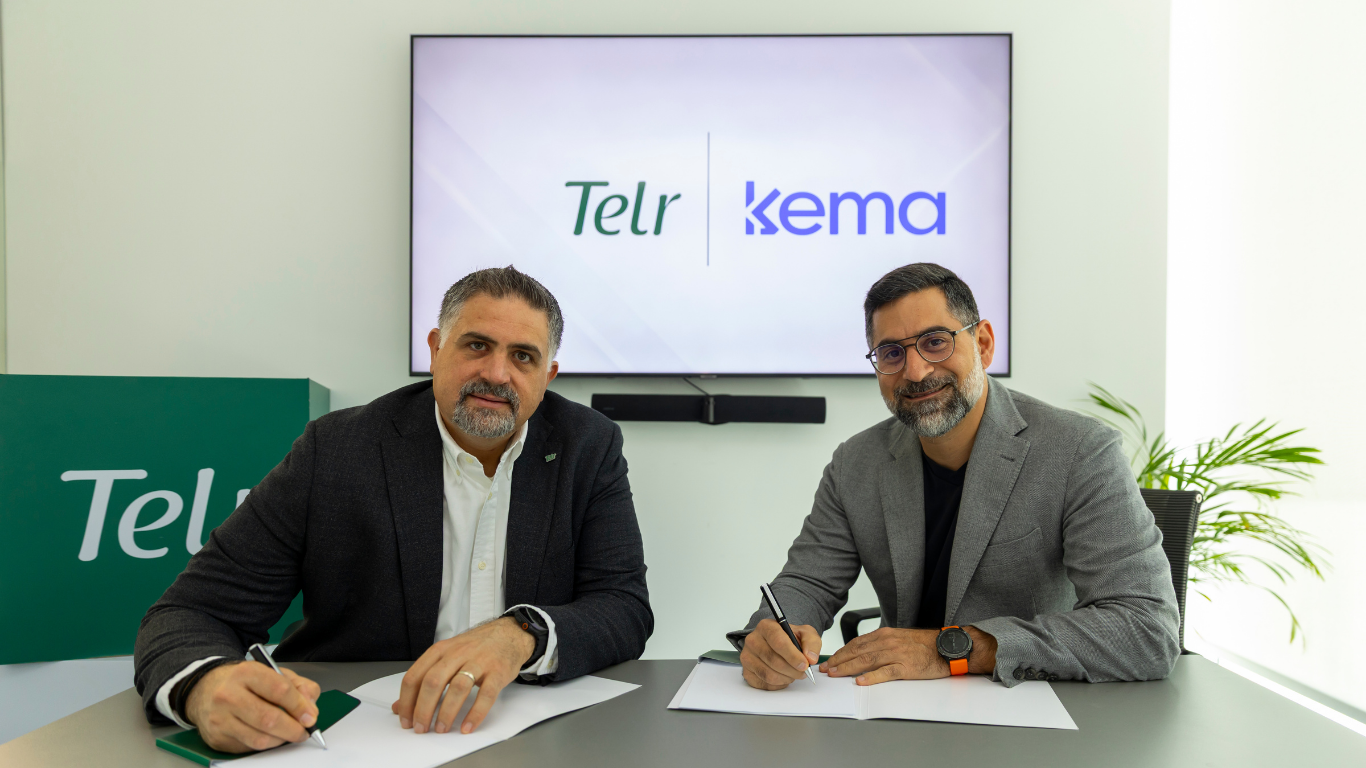
Your customers are eager to make purchases through social media channels, so why aren't you selling there? During Ramadan, people in the region spend an additional 58 million hours on Facebook, which is 5 percent more than usual, according to the platform’s statistics.
However, are regional businesses putting in the effort to sell on this channel? It seems not—representing a missed opportunity, especially since the Middle East engages with social media more than any other region in the world. So, what’s causing this gap?
Social media comes naturally to many users, which partly explains why teenagers often have Instagram follower counts that brands envy. Teenagers are quick to act and communicate effortlessly on platforms they instinctively grasp. In contrast, brands often overanalyze their approach to social media engagement.
This should not be the case. Social media is no longer a novelty—platforms like Facebook and Twitter have been around for over a decade. In internet terms, that’s several generations. In fact, the very inception of the internet was driven by the goal of creating a network to enable direct communication between connected devices.
So we are not dealing with a new phenomenon here – quite the opposite, in fact, as behavioural patterns are now well established and understandable. What is relatively new, however, is how merchants small and large are using these channels to not just prospect and build audiences, but to directly monetise them – to use social media channels as both a store-front and a point of sale.
Here in the Middle East, we have one of the world’s highest rates of social media usage. Famously, 90 per cent of the UAE’s internet users also have an active Facebook account. Saudi Arabia has the highest YouTube per capita viewing figures of anywhere on Earth, and with a reported 310 million video views per day across the MENA region, only the US sees more activity on the channel.
It’s a similar picture on the newer social media channels – Snapchat, for instance, reportedly has more active users in the UAE than in all but a few of its other geographies.
This matters. It matters because the dynamics that create such a fertile environment for social media adoption are not likely to change – not least in the short-term. And it matters because clearly so many of our consumers are increasingly spending their time on social media channels in preference to traditional websites. If this is where the market is, then this must be where the merchants should be as well.
So what are those dynamics? What creates the Middle East’s gravitational pull for social media channels? The answer is actually relatively straightforward, and it’s down to the triple whammy of demographics, disposable income, and device use.
The Middle East has a youthful population, with a third of people in the UAE under the age of 25—a trend seen throughout the region. The GCC’s population is not only affluent but also predominantly urban. Thanks to significant infrastructure investments over the past decades, urban areas enjoy excellent network coverage. Most notably, there is a strong affinity for mobile devices. In the UAE, for instance, smartphone penetration rates are among the highest globally.
Smartphone use drives social media adoption. Social media adoption drives smartphone use. Over 50 per cent of Facebook users, for instance, now access Facebook exclusively on their mobiles. Social media accounts for 15 per cent of today’s mobile data use, according to Ericsson’s Mobility Report – and the company estimates that this will grow by 39 per cent over the next six years. There’s only one category of mobile phone use that’s set to grow faster, and that’s video consumption – itself a significant aspect of social media activity.
So there’s no doubt that this is where the audience is. And social media channels themselves have gone to great lengths to facilitate e-commerce activity in-channel. It is now straightforward for a brand to not just present themselves properly on the majority of social media channels, but also engage with potential customers all the way through to the point of actual conversion.
This shift mirrors customer expectations. Mary Meeker’s 2017 report on internet trends reveals that while the number of people who see Pinterest as an excellent platform for browsing has risen by a third over the past two years, the number who view it as a great place to shop has actually doubled in the same timeframe.
Your customers are not only congregating in one place, they’re also there with the expectation that they’ll be able to purchase in the channel. Social media is a highly democratic environment: an SME has just as much opportunity to reach, engage with and sell to consumers as a global brand does – possibly more so, given that social media users tend to put a high value on authenticity.
SMEs are also able to be nimble – and where their online payment aggregator both supports social commerce and links to their inventory management platform, they have a very powerful ‘online payment plus’ solution for rapidly moving inventory.
This aligns perfectly with how social media operates, where behavior tends to be more impulsive and users are eager to share content that their networks will value. If a merchant can quickly create an offer to move excess inventory at a reasonable price and post it on social media, the immediacy and appeal of the offer make it more enticing to the audience. It’s a win-win situation.
And let’s not overlook the visual aspect of social media use; particularly here in the Middle East where channels like Instagram and Snapchat have very characteristic adoption rates and usage patterns.
We already love to communicate with images – and using images to search will become more of a natural process. It’s not a stretch to see that tapping on an image to buy the product it shows within a social media channel is going to become an expected activity.
We know, then, where your audience is. We know that they are interested in buying. And we know that the social media channels they are in are doing what they can to make it as easy as possible for them to find the product they want and purchase it, all without leaving the channel.
So why aren’t more merchants there?
Although the percentage of SMEs in the UAE with an online presence is low compared with more developed markets (18 per cent in 2015), this is changing rapidly. And we believe that social commerce will be one of the major drivers of this change, as merchants realise that a ready-made online environment already exists with an existing ecosystem of online payment aggregators and other e-commerce service providers with experience and products.
We truly believe that social commerce will drive a swift yet refined shift online for the region’s SMEs. This shift will undoubtedly please customers who are already active on these platforms and ready to make purchases.
Recent Posts

Telr and Peko ink a strategic partnership agreement to launch Telr Incepta

.png)


.png)
.png)








